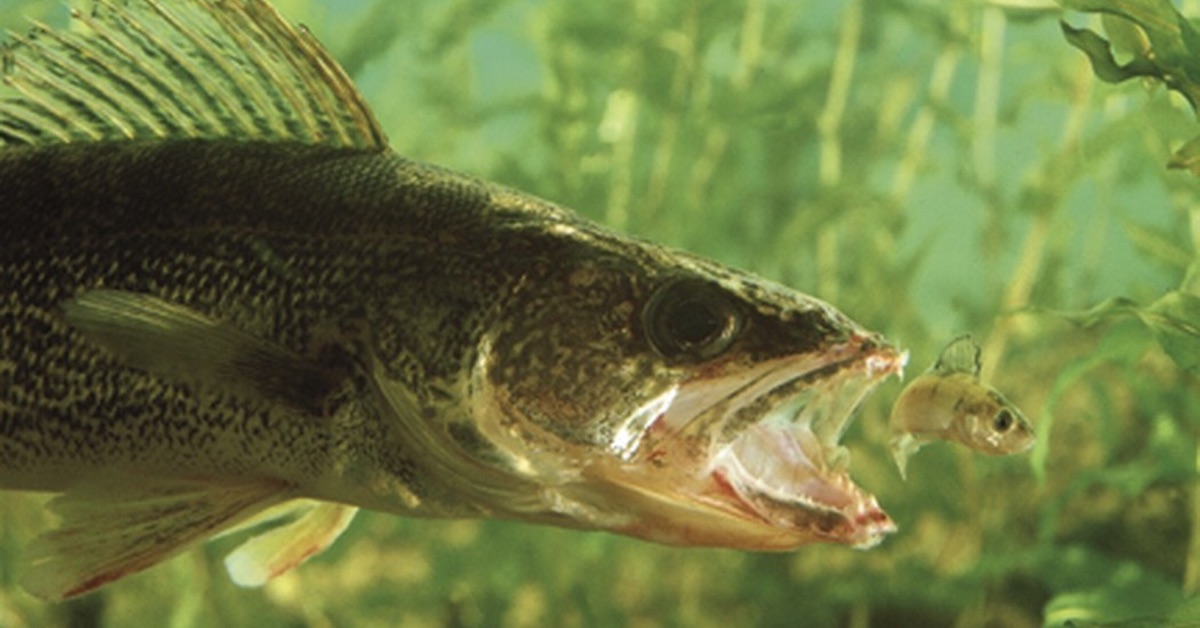How To Find The Best Walleye Fishing In Your Area
In order to find the best walleye fishing locations on the North American continent, you must first understand the anatomy and habits of walleye.
While they may not be particular about the food they eat, they can be quite particular about their living habits.
Here are some clues as to what walleye are like, followed by examples of some of the best locations for interested anglers.
Walleyes are Predators
First of all, walleye are definite predators, with needle-sharp, curved teeth and a lower jaw that juts out, meaning that anything they latch onto won’t be escaping their grasp and will end up in their stomach.
These are deep water fish that prefer cool or cold waters and dark and/or murky conditions.
They are extremely adaptable, however, and can live in warmer climates, though they will not thrive in the same fashion.
Walleyes have Great Sight
The walleye is named such because it has a “wall” in its eye – a special membrane that gives them extraordinary sight, as well as a glossy, milky white appearance that resembles cataracts and makes them appear blind.
In all actuality, this membrane filters light in when the walleye is in very dark environments, allowing it to see in conditions where other fish are blind, and reflects light out in conditions that are overly bright, keeping them from being blinded by the light when other fish are.
For this reason, the walleye thrives in lakes and rivers of far North America, where the water stays relatively cool throughout the year.
During daylight hours, the best fishing will be found along lake and river bottoms, where walleye are taking shelter from the brilliance of the sun and the warmth it brings to surface waters.
At night, you should target shallows, as these night walleye, which some people wrongfully consider nocturnal, will come to the shallows and surface waters to feed.
When you decide that you’d like to find the top walleye fishing locations, you could look all over the continent, since there are some places in the south, but most of the good fishing will take place up north, where the cool waters support slow growth and long lifespan, yielding much larger specimens.
For example, Minnesota is full of some of the top spots in the United States.
Generally, visitors will start with the ever-popular Mille Lacs Lake.
Other anglers swear by the Lake of the Woods.


